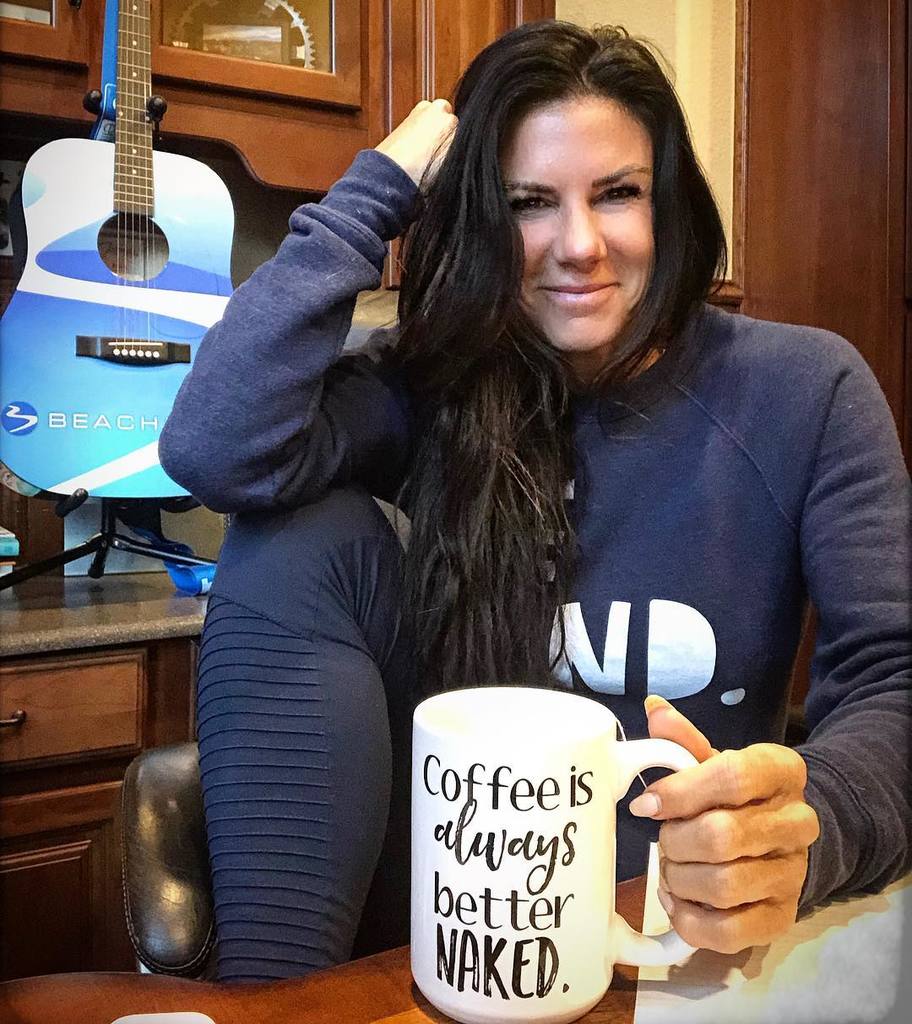Decaf vs Caffeine Free…What the Heck is the De-fference?
Did you know that decaf vs caffeine free…mean two different things? Well, if you already knew, you’re in the minority for sure!!

And if you’re hypersensitive to caffeine, that lil’ fact makes a difference!! Because if your body doesn’t like caffeine, even as little as 10 mg can mess with you.
Basically, “caffeine free” means exactly what’s on the tin (and not inside the coffee tin).
It means, NATURALLY without caffeine!
Sooo what kinds of products are caffeine-free? Well, certain soda pops, which I don’t advocate drinking anyway, like Coke Zero or Sprite Zero. And the slightly better Vitaminwater is also caffeine free. (But not sugar-free, so why not just get your vitamins from a balanced diet?)
…And that’s about it for truly “caffeine free” drinks other than water and juice. (For juice, make sure it’s something low-sugar like veggie juice, and I might let you get away with it!!)
But hey, if you like chamomile tea, it’s caffeine free. The chamomile plant doesn’t contain caffeine.
But pretty much all other tea leaves DO have caffeine. I’m sorry to tell you that chamomile is the one merciful exception.
ALL other real tea, and real coffee, is NOT caffeine free.
So to continue the “decaf vs caffeine free” discussion: Almost all coffee/tea is “decaffeinated,” not caffeine free.
“Decaf” means that, in its original, natural state it contained caffeine…And then we used manmade methods to take the caffeine out.
How do we do that?
Well, carbon dioxide is one method. I know we always hear bad things about carbon dioxide (because it’s destroying the atmosphere and causing global warming, and all) but it’s not actually toxic to our bodies.
Basically, when you heat up and pressurize carbon dioxide a lot, it is able to flow right through tea leaves, or get steamed right into coffee beans, and grab those caffeine molecules up!
The other two most common ways of decaffeinating coffee or tea are: ethyl acetate and methylene chloride.
The first one is just something that’s found naturally in fruit…but the second one is actually kind of controversial, because in really large amounts, it’s a carcinogen. And when people breathe in a little bit of the stuff straight, it makes them cough and wheeze. But the FDA said that since you only get 10 parts per million of methylene chloride, in a cup of coffee, it’s really not a big deal.
I still say, stay away from the less familiar area of the chemistry set, shall we?? 😉 (And remember, that’s my opinion on the food you’re eating as well. Keep it natural and don’t eat anything that has an ingredient you can’t pronounce!!)
But no matter the method, you’re basically taking raw green coffee beans, or unfiltered tea leaves, and you steam them with the chemical compound, until the caffeine is gone. Or, almost gone.
So, now for my verdict! Which is healthiest? Caffeine vs decaf vs caffeine free…

Well, other than that arguable methylene chlorine issue, decaf is just as healthy!
Meaning, for example, decaf coffee doesn’t lose any of the health benefits of caffeinated coffee. Decaf still has the healthy acids, antioxidants (phenols), and anti-carcinogens that regular coffee has. Woohoo!
But one last thing…!
When it comes to decaf vs caffeine free, “decaf” can actually have LOTS of caffeine, sometimes.
Did you know, coffee can be marketed as “decaf” even if it contains way more than you think? A Grande at Starbucks can have up to 17 mg of caffeine! And a Venti can have almost 30 mg!! OMG, that’s…not decaf!
And that’s mainly why I wanted to write this article…to let my readers who are hypersensitive to caffeine know, you gotta BE CAREFUL with “decaf” and check out the caffeine level for yourself.
It’s ’cause I love ya!

Links:

